The new short film Goliath represents a breakthrough in virtual production shot entirely within the confines of Orbital Virtual Studios in Los Angeles. The production team included director/virtual production supervisor Don Bitters, cinematographer Leonidas Jaramillo, and producer Leah Robson.
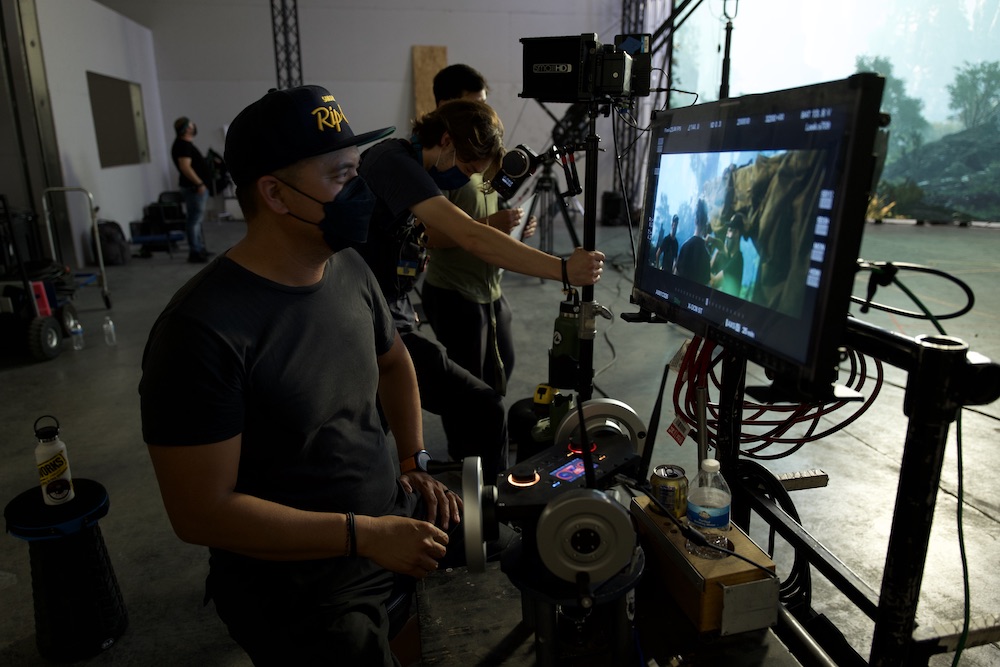
Goliath made use of many innovations from the creative and technical minds on the project. These made the wall more than just a background or set extension. It allowed for a change in the way the film was made and opened up a world of possibilities for storytelling.
Live Mocap
Working with Unreal Engine and motion capture suit, the 20-story-tall antagonist was a live performance, allowing the live-action and mocap actresses to interact and perform together in real-time—no more acting against tennis balls or the green screen. The actors could focus on acting, with all the nuance and feedback of a performance preserved on screen.
With live mocap, the scale was able to be shown. The entire LED volume could be placed on Goliath’s hand, allowing the mocap actress to control the world. Every move of her hand immersed the audience further in the world, whether soaring or being brought face-to-face with the giant.
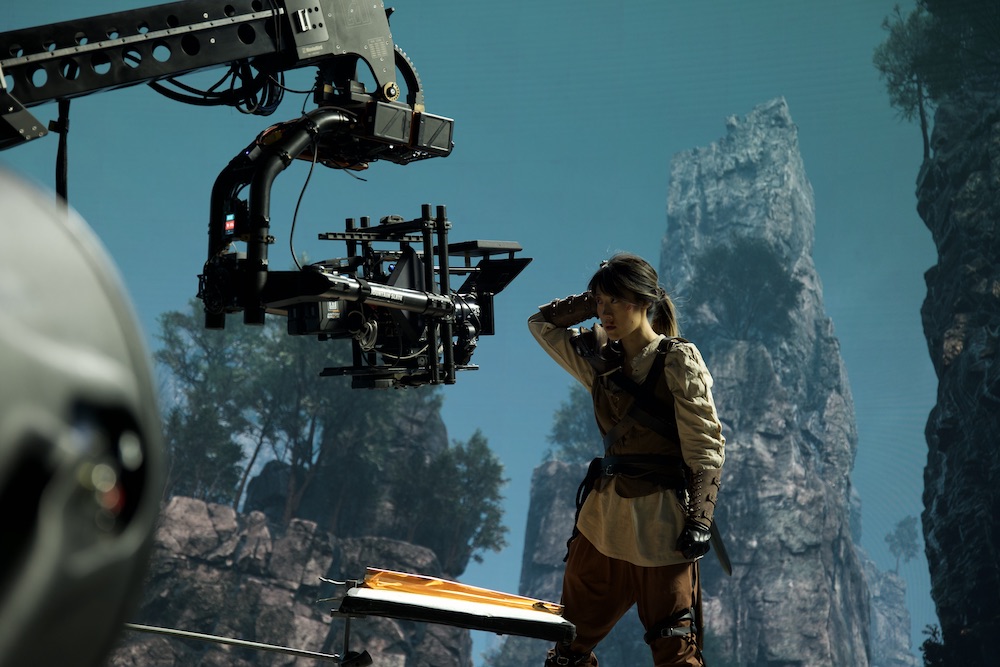
Pixel Pitch and Stunts
The stage was reclaimed with a tight 1.5mm pixel pitch on the LED screens. Traditional virtual production stages with wider pixel pitches limit how much of the stage can be used for production and require much larger builds, as the camera is required to maintain a 15-20 foot distance from the walls at all times, depending on the optics. A dense screen pitch can be filmed as close as 3 feet from the walls and still maintain high visual fidelity. This allowed for the filming of fast action and stunts without worrying about breaking the illusion or fighting the technology.
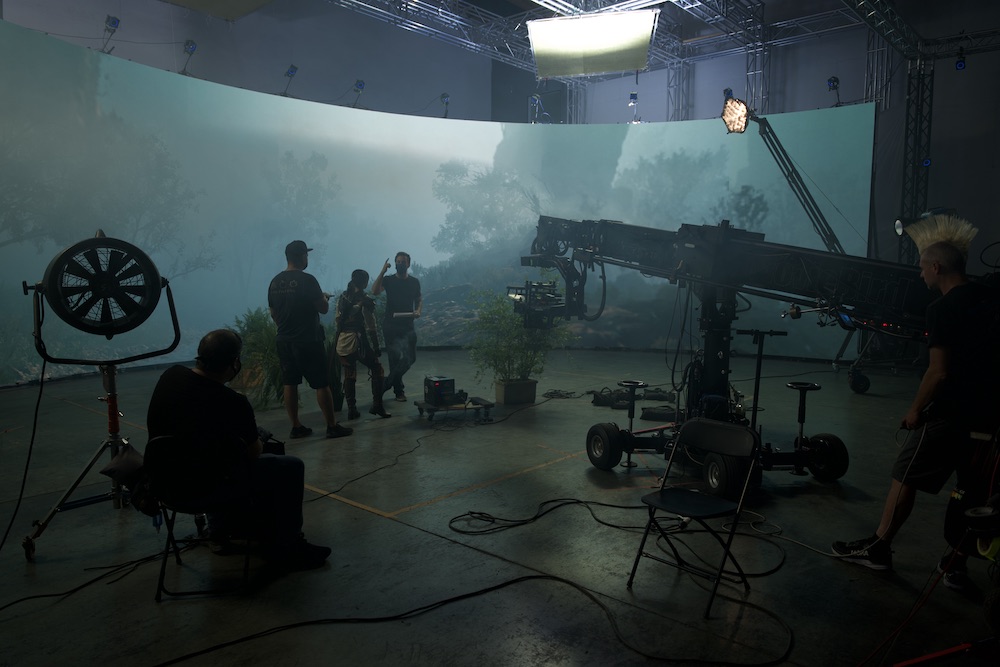
Post-Production
With the extra control and flexibility, production speed was massively increased. Over only two days, intense stunts, multiple locations, and setups were able to be filmed. And when pickups were needed, the scene could be brought up, and everything that was required could be shot in a mere hour, including a shot of the hero falling through the air, without any stunt required. A shot that would have been impossible to do in camera any other way.
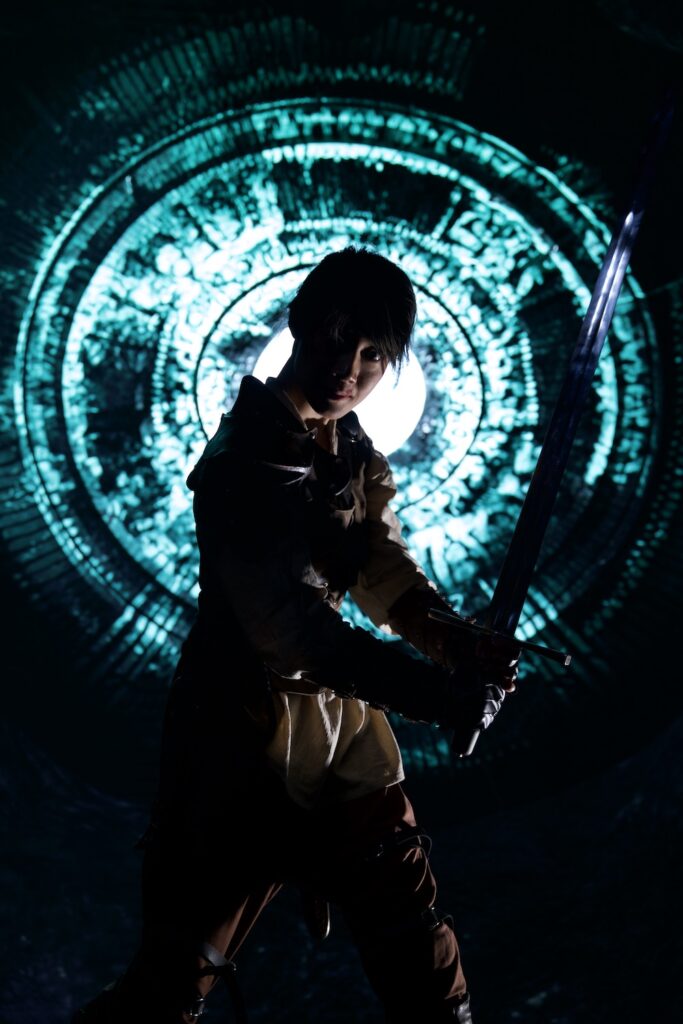
The same assets used in production, the Goliath, the environment, and the motion capture animation data, could also be brought and used to save countless hours in post-production. Real-time film-quality assets were used not just for in-camera VFX but post-VFX as well. CGI shots that would have taken weeks with traditional workflows were completed in days or even hours.
You can watch the complete short film here:
For more information about Goliath, please visit https://orbitalvs.com/.


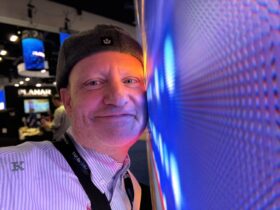
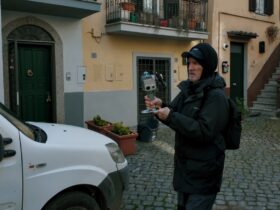
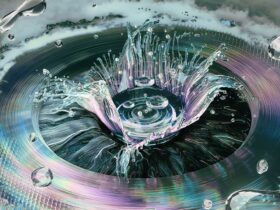
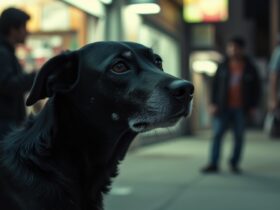
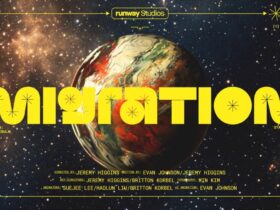
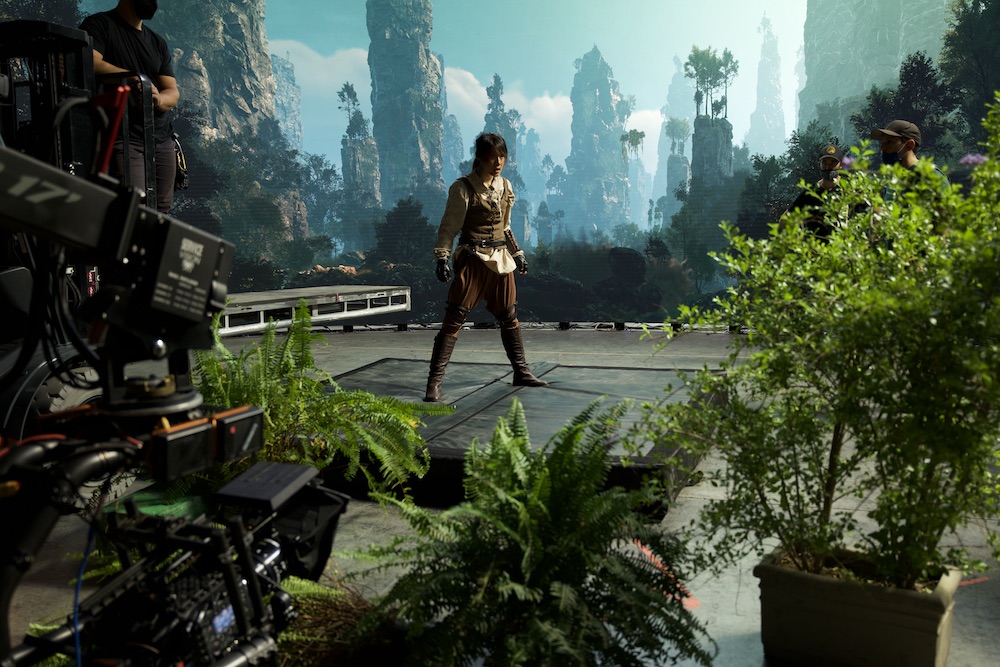
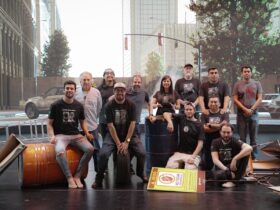


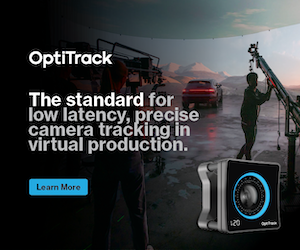

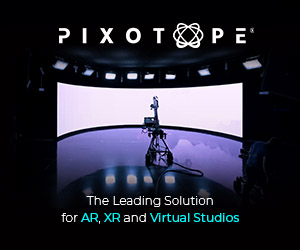
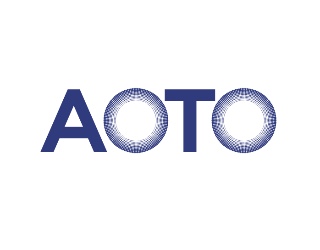

Leave a Reply